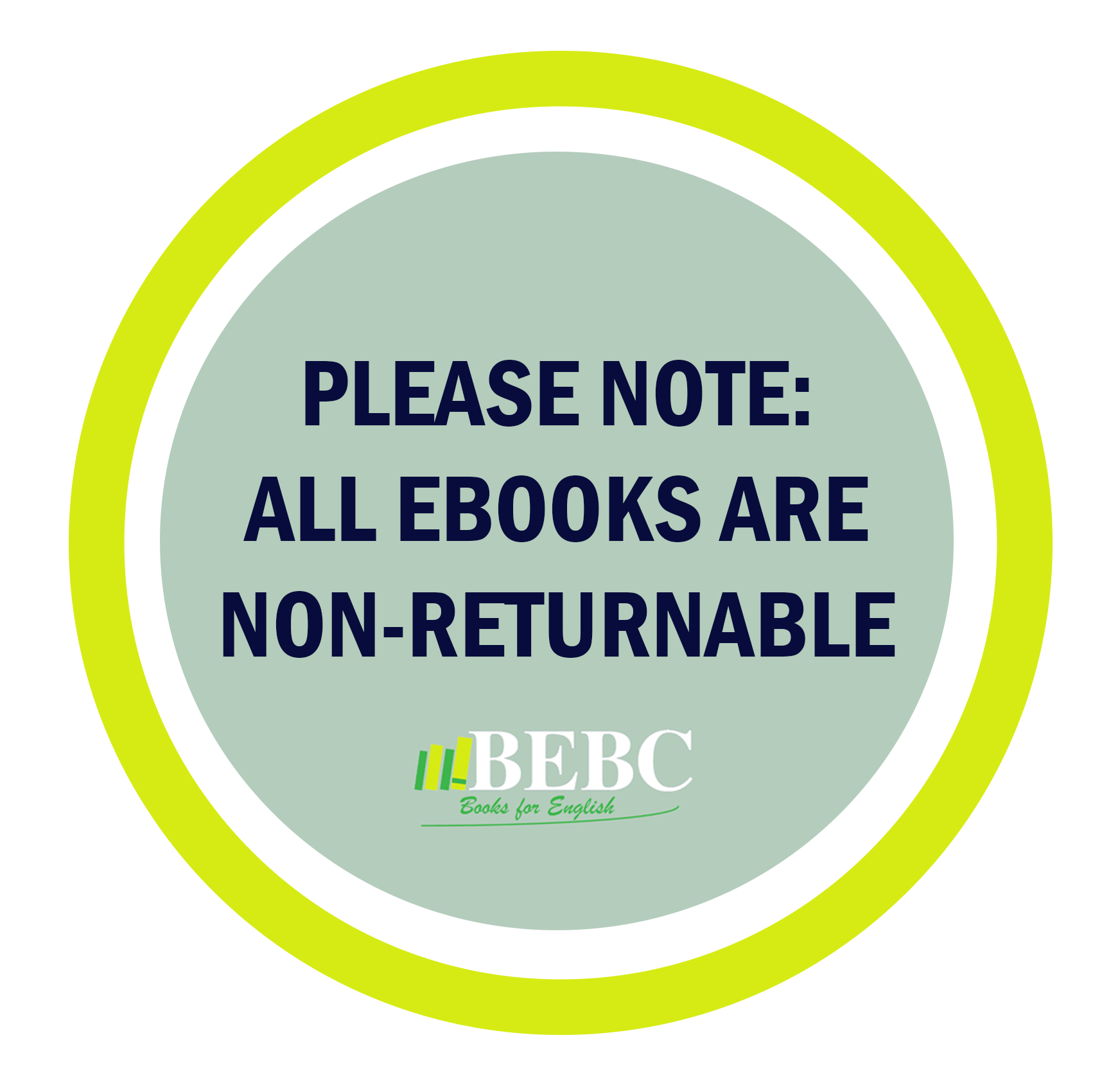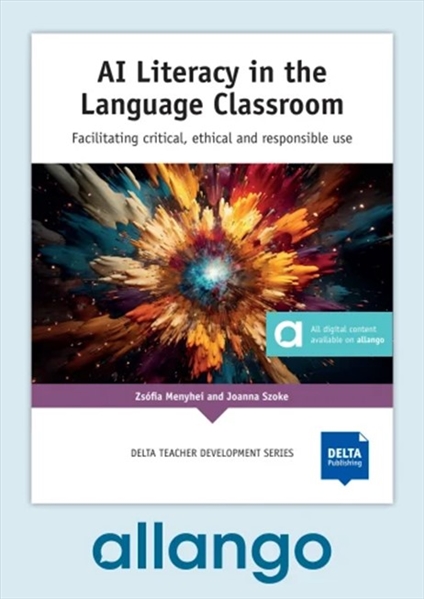Stock Status: Temporarily out of stock. To be ordered in from the Publisher
Published 2025.
**ONLINE ACCESS CODE ONLY**
With the digital edition, the book is available to you in the allango digital learning platform, and you have digital media content immediately at your fingertips.
Your digital advantages:
Suitable ...
Published 2025.
**ONLINE ACCESS CODE ONLY**
With the digital edition, the book is available to you in the allango digital learning platform, and you have digital media content immediately at your fingertips.
Your digital advantages:
Suitable for all devices such as smartphones, tablets or PCs
Quickly and specifically access, search, browse and remember book pages
Advanced view settings with zoom function
Access media content such as audio or videos page by page
Extensive toolbar with many editing functions such as highlighting, commenting, underlining and covering
Save personal work states for digital output in multiple versions
Online and offline use of the digital edition including media content
Manage content in personalized lists and much more
AI Literacy in the Language Classroom aims to give language teachers the confidence and skills required to integrate AI successfully in their classrooms as they train students in the critical, ethical and responsible use of AI. Rather than focusing on specific tools, the authors offer practical ideas for integrating AI literacy development effectively. This book provides a bank of engaging activities designed to supplement any course and adaptable to most contexts, levels, language points, and even languages.
Part A starts out by providing an overview of the different types of AI at present, and how they work in the real world. The authors also introduce some frameworks for AI literacy which help to give teachers focus and structure when approaching the topic.
Part B includes five chapters of activities for teaching AI literacy. These cover the most important areas teachers need to know about AI, from getting started with basic tools and understanding the risks, to using AI for personalised and creative learning.
Part C outlines some common challenges that teachers may face when integrating AI literacy. It offers some reflective tasks to help tackle these issues, while also building confidence in teaching AI literacy. In conclusion, the authors offer insights into responsible use of AI in their writing process.

